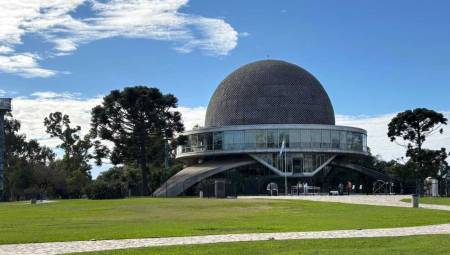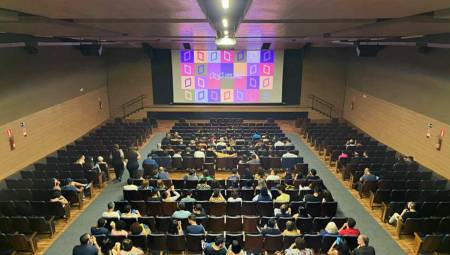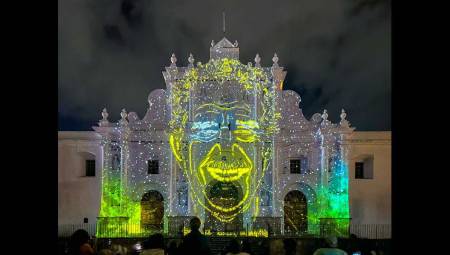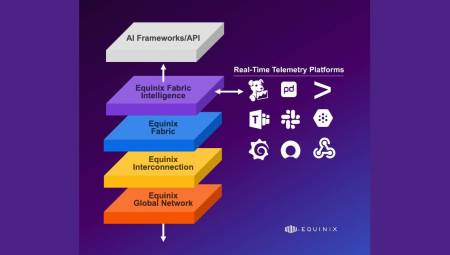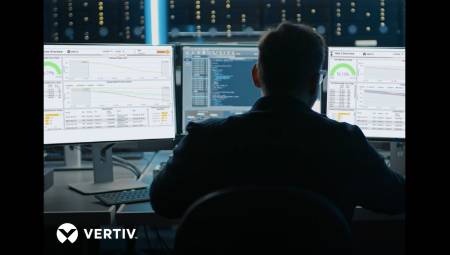 The type of speaker that must be installed in an audio evacuation system, is chosen after analyzing the conditions of the intervened place, each type has particular applications that directly influence the system.
The type of speaker that must be installed in an audio evacuation system, is chosen after analyzing the conditions of the intervened place, each type has particular applications that directly influence the system.
Juan Tamayo*
Latin America is in a process of metamorphosis in security protocols. A few years ago evacuation systems were a simple requirement, today, natural disasters such as earthquakes in Chile, or industrial accidents, are leading the community to think and implement solutions for human safety.
A few years ago owners, builders and designers began to include security systems such as fire detectors, earthquake detectors, automatic door opening systems and other elements that allow detecting and evacuating people from the facilities, but so far there are few who have thought about how to deliver the right message to have a correct evacuation.
This article will present a practical guide on how to design a conventional audio system applicable in the future for audio evacuation. In the next edition of AVI LATINOAMÉRICA there will be a review of the rules and their application in audio evacuation issues.
1. What should a good design have?
Audio design requires knowledge of systems of this type and intuition to taste. It is not an exact science, because it depends on the needs of the client. An exact design recipe will not be presented, but some tips will be given that will allow the development of adequate protocols for the selection of elements.
2. Who inhabits the space to be designed?
It is the question that any designer should ask themselves when making a distributed audio project for a building. This question will define the density of speakers you need to locate, define the most convenient type of speaker in the building. The engineer may propose the location of the different circuits according to the population density of the building. It is not the same to make a design for a storage space than to make a design for an area of office cubicles, even if it has the same area and the same height.
It is also important to ask what kind of inhabitant is present in the building. It is not the same to design an audio evacuation system for a building that has a very low rate of sporadic inhabitants than a building with a much higher rate of this type of inhabitants.
Ambient noise generated by humans or work machines is something that the designer must take into account. It is very difficult to have a real data if the building is not built, so each company has a database according to previous constructions.
For example, when designing an office space, a minimum ambient noise value between 60 and 65 decibles of noise is usually taken, so the audio design should be on average between 75 and 80 decibles of sound pressure. For production plants it is recommended to take measurements in the field on similar plants if it is not possible to take on the original plant.
3. What kind of message do I want to play?
According to some international standards, sound systems can be evaluated according to the intelligibility of the playback message. But building owners and managers are not knowledgeable about the rules, so they will possibly evaluate the system according to the quality with which they hear the messages.
If it is a shopping mall, locate audio elements that possess adequate enough acoustic bandwidth, do not install bugles in corridors, use speakers with loudspeakers. On the other hand, if it is a parking lot where no musical messages will be transmitted, only voice-type messages will be played, you can locate projection bugles.
4. What type of speaker to select?
As discussed in the previous item, the selection of speakers becomes a critical point in the elaboration of design. But which speaker should be used? Below will be described the types of typical speakers that can be found on the market and their most common selection:
to. Recessed sky speaker: used for circulation areas, offices and any other area that has a false sky. Its applications are diverse, there are speakers that can play music and voice messages. It is recommended to review the data sheet to analyze which type of application is best suited.
b. Over-put speaker: used in circulation areas, offices and where recessed elements cannot be located. Basically it is a speaker that is used when the recessed in sky, by the constructive model, is not the right one. The same recommendation is made as that of embedding in the sky, review the data sheet. If this speaker is to be used in an outdoor space, it is recommended that it has IP65 or similar protection.
c. Cornet or projection type speaker: used when a large area must be covered but that must use few sound points. Its design makes the message project efficiently in the range of voice frequencies. In the design check that the projection of the cornet is not directed directly to rigid areas such as concrete, since the shock wave of the sound can deliver reverberant effects.
d. Linear array type speakers: this type of speaker was very famous a few years ago in airports and shopping malls, but was replaced by recessed and overlay. I include them in this selection because the big companies improved the technology and the new products are designed to have a much greater and uniform coverage, without having audio projections in the unwanted areas. They are widely used when there are very separate poles or columns, and a simple over-putting speaker does not work very well.
5. What kind of amplifiers to select?
For distributed audio designs, amplifiers that have coupling transformers or line transformers should be used. In the market there are amplifiers of various powers between 25 watts to 1000 watts and multiple channels: from one channel to 8 channels. The decision must be made by the designer based on the power of the circuits, the electricity consumption and the location of the elements.
6. Which is better, analog or digital?
It's a question that many designers ask themselves. It is recommended to make as much as possible a mixture of both types of technology. Of course, as long as the project allows it. Digital technologies allow easier administration in terms of zoning and space division.
A very important benefit of digital technologies allow the remote monitoring and operation of the elements, such as on/off, configuration or setting of the systems, among other benefits.
7. Who will manage the device?
Being the last item, but not the least important, who is the person or groups of people who manage the audio-visual devices? The designer must analyze the technological knowledge of the person or position that will operate the system. The classic example seen in many projects is that the designer selects an analog console for the operation, but the operator has limited audio knowledge.
In this article, some critical points were expressed against the distributed audio design. I invite readers to take the different courses offered by design entities, to analyze local and international standards and to write if they have doubts or want to go a little deeper into a specific topic.




















































